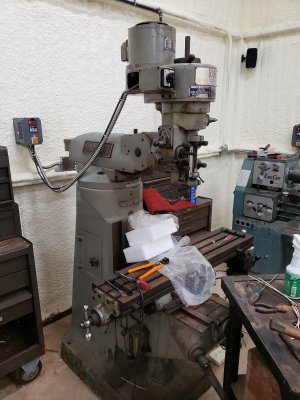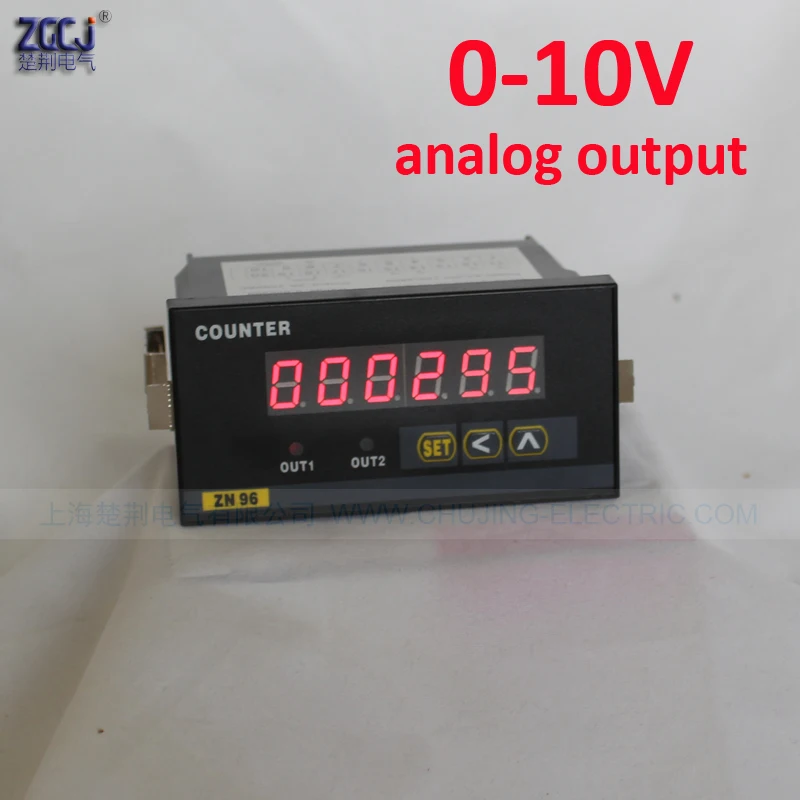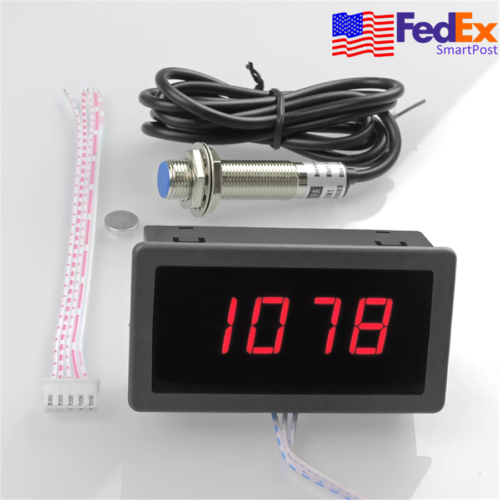- Joined
- Oct 14, 2014
- Messages
- 1,970
FANTASTIC! Such joy when it works.
I suggest you look into a pot to control VFD speed as your next action item. Even if you have multiple speeds with gearing, this addition is SO HANDY.
Next look at getting a braking resistor. the lathe will take forever to spin down from high speed. this solves that issue.
Have fun!
I suggest you look into a pot to control VFD speed as your next action item. Even if you have multiple speeds with gearing, this addition is SO HANDY.
Next look at getting a braking resistor. the lathe will take forever to spin down from high speed. this solves that issue.
Have fun!




